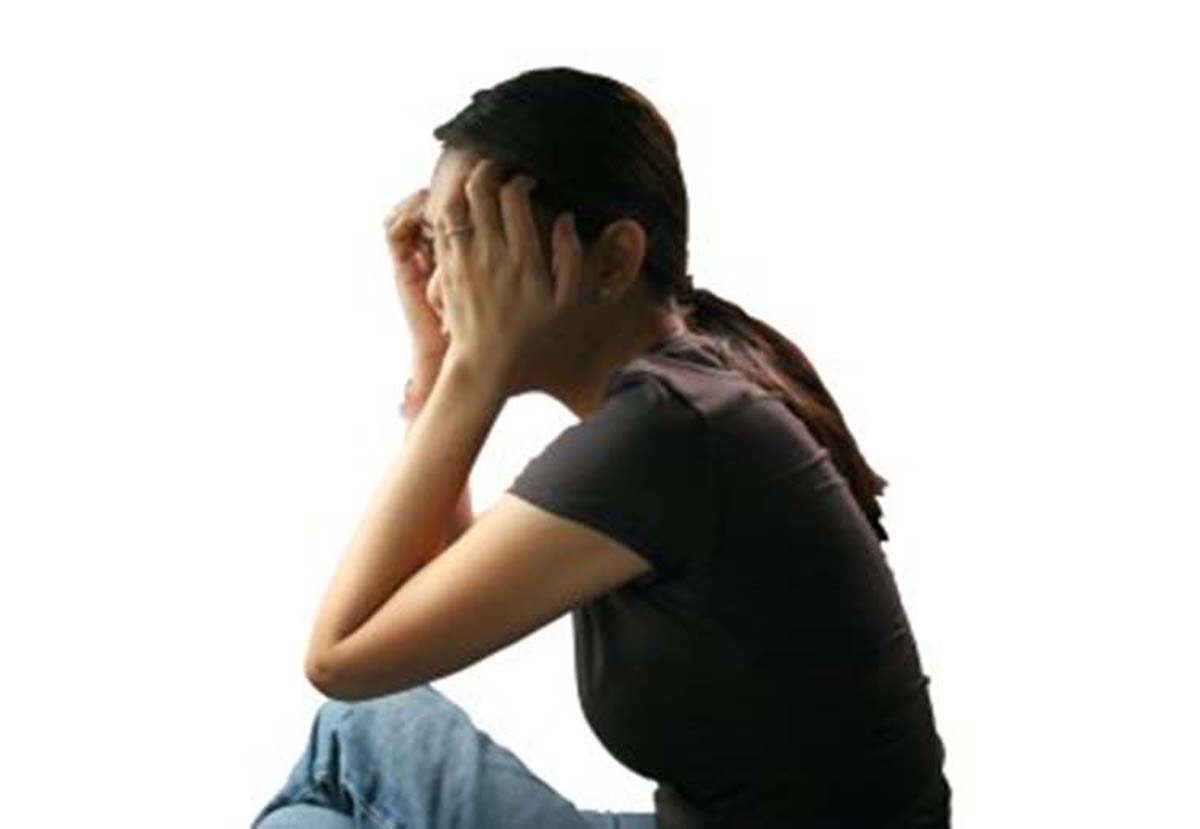Table of Contents
Placenta previa only occurs in approximately one out of two hundred pregnancies. Bleeding usually occurs during the latter part of the pregnancy, but hemorrhaging can occur during birth. This extensive hemorrhaging is fatal to both the mother and the child, due to amount of blood that the mother loses during labor. Another side effect in later births is the possibility of an ectopic pregnancy, also referred to as tubal, cervical, or abdominal pregnancy. In an ectopic pregnancy, the fertilized egg is displaced. Ninety-five percent of the time, the egg is displaced in the fallopian tubes. Approximately fifty percent of women that endure an ectopic pregnancy have a history of PID. While an ectopic pregnancy doesn’t sound like a life threatening problem, it can cause death. Fortunately, only 5% or less of woman having a first trimester abortion will get PID, it is only those who have uterine scarring that are at risk. However, early treatment of PID can prevent all of this.
Women who have abortions need to rest and take it easy for the week or two that follow in order to start the healing process and start recovery, both mentally and physically. Statistics say that every one out of two and a half women have had an abortion by the time they reach the age of forty-five in the United States. While physical healing starts almost immediately, mental healing can take years to even begin. Women who start to feel depressed or suicidal should seek medical help, counseling, and should join a support group.
How to Handle the Effects

For women who are daughters of religious parents, this could be a very hard, very emotional time because of the fear of being rejected and disowned by their families. Religious fanatics will tell a woman that she needs to seek divine forgiveness, to ask god to forgive her for her sins. If the woman is a Catholic, she can go to confession and can be absolved by her priest. However, many of the women that decide to have abortions are not religious, though some do become religious after their experience.
Helpful tips
Infection, depression, guilt, and death are all possible after effects of abortion. While infection and depression rates are nearly the same as they were three decades ago, suicide rates are nearly one third lower now than they were then. However, post-abortion suicide is two and a half times the rate of normal suicides, and nearly six times the rate of post-partum suicides. The pros and cons of abortion can be weighed in an unknown number of ways. Whether facts, morals, or religion drives your beliefs, the negatives and positives of abortion are out there for everyone to take into account and make their own decisions. Statistics show that while abortion can solve problems in the short term aspect, it can cause a world full of problems in the long run.
Read More: Is Post-Abortion Syndrome Real?
Everything from depression to pain to death can come from an easy fix when problems start to arise and life gets tough. When it comes down to that time, the time to solve what you may consider a problem, consider the facts and statistics first. There are better, guilt free solutions to abortion. Adoption rates have hit an all time peak in the last ten years. More and more families who have realized that they can’t have children but want them, can’t have anymore children but want another, and those who just want to make a positive difference in an adult or child’s life that adoption is a good solution. Whether or not a woman gets an abortion is up to her. She needs to be aware of the risks. She needs to be warned of the emotional, physical, and mental side effects that are caused by abortion and can cause her pain. Facts and statistics show that it is better to give birth than to get rid of the child at any point during the pregnancy.

